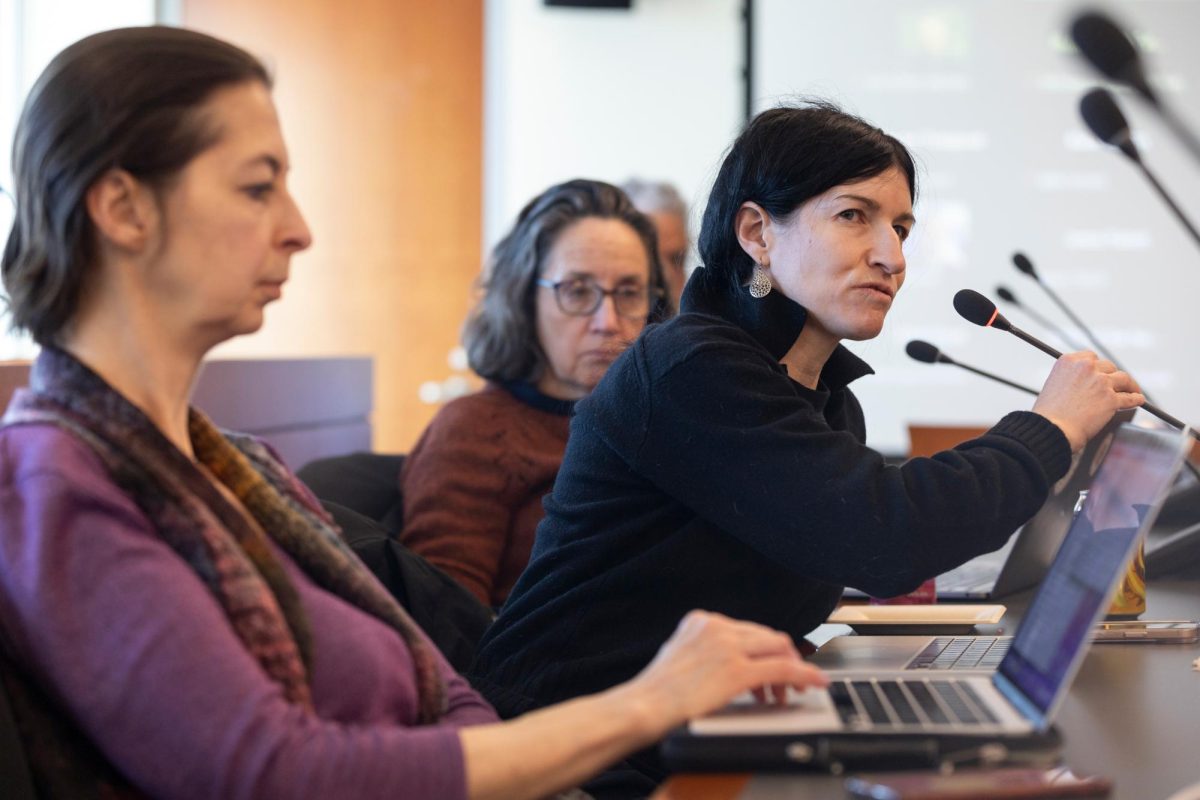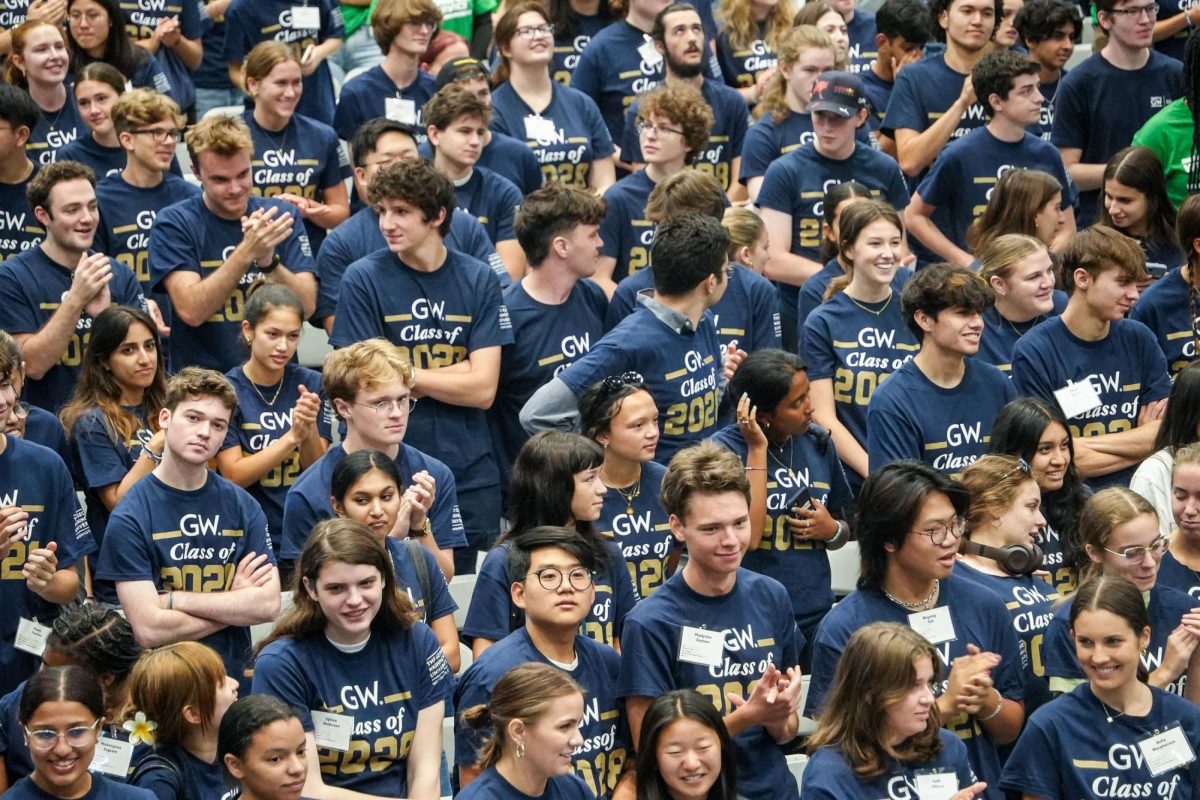GW students and professors contributed to the research and curation of a new three-year exhibit about the personal, interpersonal and global connections created by cellphones at the Smithsonian National Museum of Natural History, according to a University release last week.
Joshua Bell, a professorial lecturer in anthropology and the museum’s curator of globalization, curated the museum’s new exhibit, titled “Cellphone: Unseen Connections,” which was “partly influenced” by GW professors and students’ research, according to the release last Thursday. The release states that Alexander Dent and Joel Kuipers, who are professors of anthropology and international affairs, worked alongside Bell and students to contribute to the exhibit through the Cellular Connections Project, an initiative that studies the effects of cellular technology on D.C. teens and their environments.
The exhibit opened June 23rd and will be open through 2026, according to the release.
“Technological transformations have characterized each historical period — and, for us, the cellphone is the fundamental technological intervention of our time,” Dent said in the release.
As many as 100 GW graduate and undergraduate students and D.C. high school students contributed to “long-term” cell phone research, which included observing high school students cellphone use in the classroom and interviewing high school students and parents about their opinions on cell phone use, according to the release. The release states that students also worked with Bell to design the exhibit by licensing artwork and gathering display items.
“This has been a synergistic opportunity — in terms of our research partnerships and in terms of giving students a chance to really engage in natural history,” Bell said in the release.
The exhibit examines cell phones both as personal and global devices, focusing on topics ranging from the environmental detriments of mineral mining for cell phone parts to the “toll” cell phones have on health, according to the release. The exhibit includes a graphic novel, an interactive group chat and more than 750 objects from across the world, according to the exhibit’s website.








